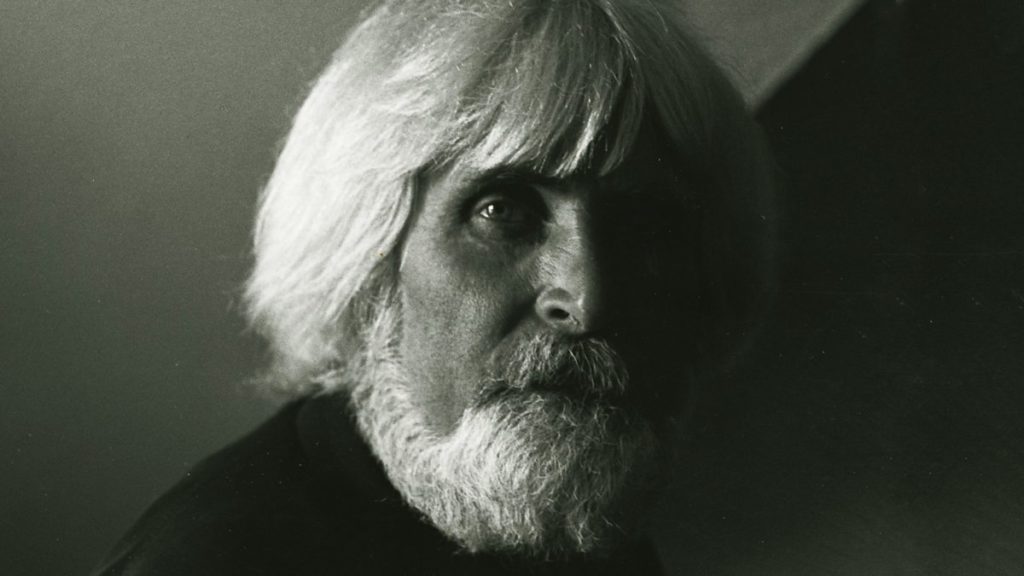Karl-Heinz Adler | Remtengrün | Deutschland | 1927-2018
Karl-Heinz Adler is one of Germany’s foremost representatives of Concrete Art. Adler’s life and work trace a remarkable arc from the 20th to the 21st century. Adler’s work is as much an expression of an experimental way of thinking as it is a philosophical one. He has always set out to examine the complex relationship between nature and culture, thereby linking elementary questions about space, time, and perception with fundamental reflections on the formal mode of the image.
Adler’s artistic development ran parallel to the establishment of Conceptual Art, Minimal Art, Concrete Art, Op Art, and Zero in the Western art world, but was indeed independent from it, since he was largely isolated from these trends behind the Iron Curtain. Adler’s work was not recognized within the official art of the GDR and went unappreciated for three decades. Only his construction-related work was to be found regularly and prominently throughout East-German cities.
In the East Germany of the ’60s and ’70s, abstraction was regarded as refusenik and degenerate: only the exponents of Socialist Realism were permitted to function as artists. Adler, meanwhile, was obliged to subsume his ideas into work that had an ostensibly practical application, as architectural ornamentation. He was already 55 years old when a small gallery in Dresden showed some of his minimalist concrete collages and serial lines for the first time.
After the fall of the Berlin Wall and Reunification, Adler’s work finally began to receive long-overdue attention from the art world and to be recognized in an international context. This took the form of numerous exhibitions, awards, and a guest professorship at the prestigious Dusseldorfer Akademie.
